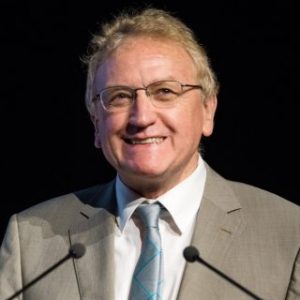Posted on: December 22, 2017
EGNOS has been mainly designed, built and operated to fulfill the strict requirements set by the International Civil Aviation Organization (ICAO) in the air traffic sector. It improves the accuracy of GPS and provides in addition an integrity message for safety of life applications.
Quickly the use of EGNOS has been extended to other mobile users, like trains, trucks, vessels, cars, agricultural machines and more recently drones which mainly benefits from the augmented accuracy ;this augmented accuracy could also serve many others applications. Geolocalizing easily and precisely fixed objects in their environment, with a cheap receiver, can have a great value. Most of the time we simply talk about” mapping” but, in some cases, it’s more than mapping, it can be a real land asset management service.
With an horizontal position system error of 95% percentile at 2 meters even under high scintillation condition, we can identify three main domains for these kind of applications based on EGNOS:
- large scale asset management
- parcels and cadastral activities
- utilities companies
Use of EGNOS in large scale asset management
In each country, public work departments have large land assets to manage. They are right-of-ways of roads, railways and waterways. This land domain is full of objects which are important for providing a good level of service. Traditionally, bridges, retaining wall, culverts, ditches, signaling posts are localized by a curvilear abscissa measured along the centerline and a transverse measurement perpendicular to the axis. Due to multiple sources of errors the final position is more lager than a couple of meters. The process could be simplified ad improved by the use of an EGNOS receiver that will provide better than two meter accuracy in real time
Use of EGNOS in parcels and cadastral activities
The localization of parcels in rural or peri urban environment is some time a complex, expensive and boring process. The naming of streets and postal addresses rarely exists in Africa. Most of the time localization and measurement of parcels require low accuracy. Using parcel boundaries data provided by an international, independent SBAS service provider would facilitate cadastral management by regional and local authorities and guarantee a better respect of ownership right. It’s worth also to mention that in remote places the international borders are still subject to discussion.
Use of EGNOS by utilities companies
Waters supply pipes, sewage pipes, electricity power lines, telecom lines are complex networks that must be maintained and repaired quickly in case of disturbances. Precise geo localization of undergrounds pipes, meters, manholes and stop taps are very helpful for maintenance teams that are to intervene on the field.
Perspective
Providing that the receivers’ industry elaborate dedicated cheap and robust receivers to these applications, SBAS services in Africa based on EGNOS can contribute in growing the use of GNSS. Widely available free accuracy will benefit real time mapping solutions. Today, most new GNSS devices are EGNOS-enabled, permitting real-time accurate positioning but they are not tailored to African conditions and land asset management needs.
These receivers must be fully designed to suit African conditions and be dedicated to this application to avoid any misappropriation. It must also have an interface to easily down load the data in a data base for future reused and automatically assign a linear position (curvilinear abscissa) to positioned objects, if still needed.
Embedded in an electronic tablet, the GNSS and SBAS data can support professional modules like electronic events ledger to record the damages on the infrastructure or automatic calculation of quantities to pay a contractor.
A hand book and training carried out by experienced professionals will make the tool user friendly.
Moreover the market approach should take into account the future arrival of EGNOS V3 with its multi-constellations and multi-frequencies features which will open broad perspectives for these applications of high interest for Africa.
